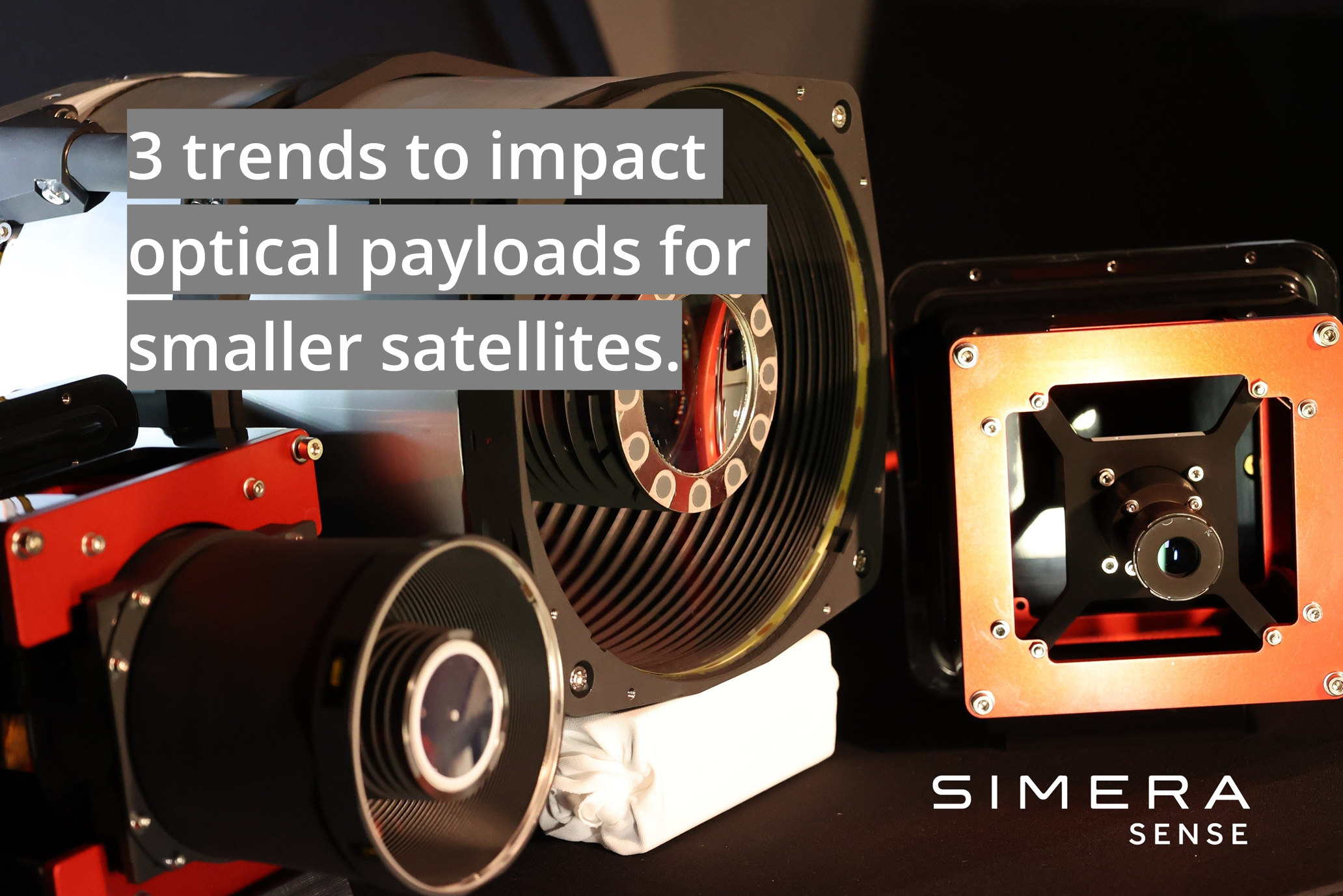
Behind every beautiful picture, there is more than what the eye meets. For example, many photographers may tell you that their choice of an instrument directly impacts their results. After all, it is the camera that transforms the photons into a picture; if the camera is not on par, the result will also not be. Then again, a good hunter never blames his rifle for a missed opportunity, but a lousy gear choice impacts the story you tell at the end of the day.
The Earth Observation (EO) market is evolving fast, and the various business models of the companies that act across the value chain are driving these changes. We see more companies solving vertical-specific challenges by turning EO information into layers of intelligence and packaging it into user-specific applications. Many of these companies are not even part of the so-called EO Industry, but they all need analysis-ready data that is accessible, interoperable, and ready to fuse with other data sets. After all, they are part of the value chain that creates, delivers, and captures value in this industry.
These datasets do not magically appear. Instead, they are all gathered by platforms hosting instruments that are precision engineered to collect data in extremely harsh environments. This acquisition layer forms the backbone of the EO industry and directly impacts the latest space/satellite/constellation-as-a-service business models we are seeing.
As the competition within this acquisition layer increases, we do see specific trends evolving that have a direct impact on the optical instruments selected, as well as the platforms supporting them. This blog aims to look closely at the three major trends that impact the choice of optical payloads for smaller satellites.












 Copyright 2023 All rights reserved.
Copyright 2023 All rights reserved.